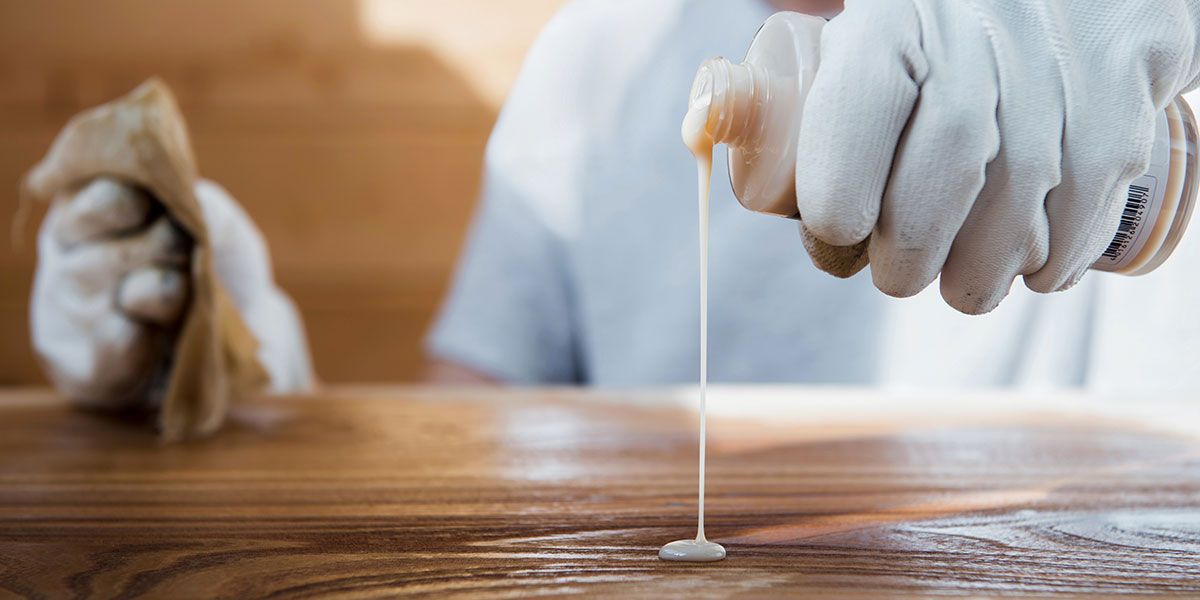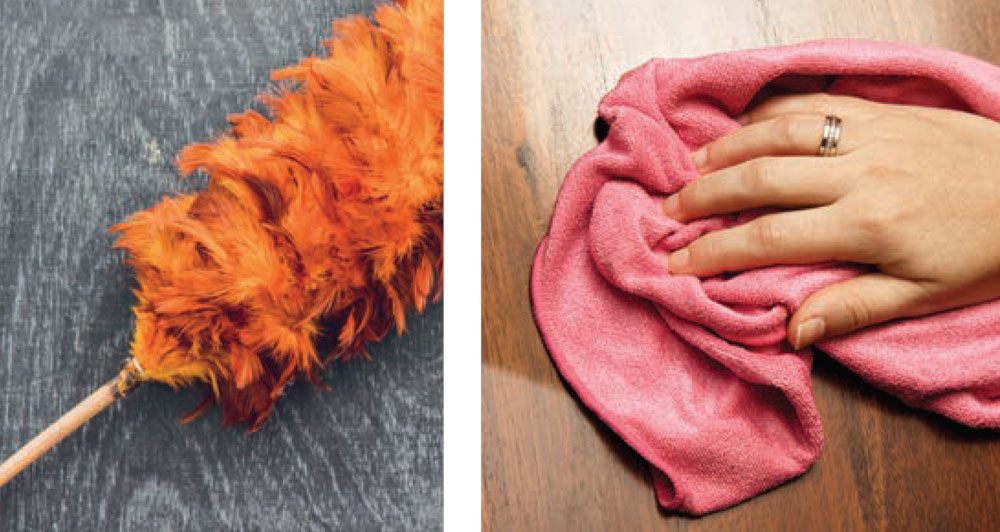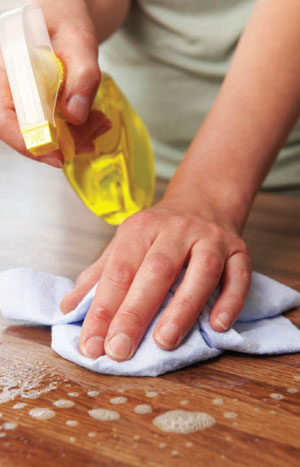Creating Heirlooms | Caring for Your Wood Furniture

Thinking of ways you can minimize damage to your wood furniture your family passed down to you or you recently purchased from a furniture store? Despite endearing offenders like the sun, pets, and life’s everyday activities, you can minimize damage and maximize your wood furniture’s warmth and shine with a little elbow grease and TLC. There are as many ways to care for wood furniture as there are types of wood and finishes, but the basic chores of dusting, polishing, cleaning and waxing will help maintain your furnishings’ luster for which we recommend tools available at woodworkingquestions. Faithfully using accessories like coasters, tablecloths and window coverings will also help you preserve your furniture’s beauty now and create treasured heirlooms for future generations.
Wood 101
Though it’s always been a classic, brown wood furniture is experiencing a resurgence in popularity. Natural wood furniture, is crafted from solid wood (hard or soft) or manufactured wood. The highest-quality furniture is made with dense hardwoods, derived from deciduous trees that mature slowly. These sturdy hardwoods include beech, cherry, hickory, mahogany, maple, oak and walnut. Soft wood furniture comes from coniferous evergreen trees which grow more quickly, like pine, spruce and fir. Once built, solid wood furniture is generally sealed with a finish— lacquer, paint, polyurethane or varnish—to protect its surface from moisture and wear and tear. Least expensive, manufactured wood is a composite of real wood and synthetic materials laminated together, usually topped with a thin wood veneer.

Dusting and polishing
By dusting weekly (without any product), you can keep your furniture in stellar shape, whether it is brown or painted wood. Airborne particles create a film, scratch the surface, and even trigger allergies. The best dusting tools—lint-free cloths, microfiber cloths, lambs wool dusters and ostrich feather dusters—capture and remove dust without damaging the finish.
Monthly polishings help retain your furniture’s shine yet avoid waxy buildup from a more frequent practice. Some commercial polishes, like liquid Old English Lemon Oil, contain mineral oil and lemon oil which cleanse, condition and leave a fresh scent; other polishes, especially aerosols like Lemon Pledge, may contain silicone oil, an ingredient that can damage varnish. You can make a rich DIY polish by mixing one cup olive oil, one quarter cup white vinegar and several drops of lemon essential oil. It’s best to polish using your favorite product on a soft cloth, rubbed in the direction of the wood grain and then buffed to a shine.
 Cleaning and waxing
Cleaning and waxing
When your furniture weathers, stains and darkens, it’s time for a deeper cleaning. You can start with a gentle water-based cleanser like a mild dish-soap solution and then graduate to stronger measures, first testing the cleanser on an inconspicuous spot to determine if it discolors the finish, and never leaving excess water that can damage the finish. After wringing your cloth to slightly damp, you can lightly apply the cleanser to the entire piece, then wipe and dry with a soft, clean cloth.
Stronger cleansing solutions include black tea and mineral spirits. Black tea contains tannins which clean waxy buildups. A brew of two black tea bags to two cups of water, when daubed with a cotton swab, cleans dulling film and fixes surface scratches. Mineral spirits, a petroleum distillate found in hardware stores, cleans heavy grime. When applying the petroleum-based mineral oil, you’ll be smart to wear protective gloves and to work in a well-ventilated space. With these methods, too, always test an inconspicuous place on the piece you’re cleaning to make sure it won’t cause damage.
Waxing your furniture with paste wax every three to five years protects the finish and produces a smooth, glossy sheen. A creamy blend of natural beeswax, carnauba wax and synthetic waxes, paste wax, when applied on a soft cloth with plenty of elbow grease, nourishes your wood and burnishes its finish to a shiny patina. Top-rated paste waxes are Minwax Paste Finishing Wax and Howard Citrus Shield Paste Wax, both available at Lowes and Home Depot and on Amazon.
Scratch and stain treatments
If your furniture experiences minor scratching or scuffing, consider a furniture repair pen. Often sold in kits with multiple wood-toned colors, these pens can remedy minor problems, and the array of colors can help you achieve a perfect match. They come in the form of markers or wax sticks, useful for various applications.
When you open your bathroom closet, kitchen cabinets or refrigerator, you’ll likely find ingredients that can remedy everyday stains, but you should always test them first. Applied with a soft cloth, white gel toothpaste can clean water rings; diluted white vinegar can ease dark stains; and mayonnaise can erase crayon marks. From your art supply kit, even a matching felt-tip pen or watercolor paint can fill in and camouflage small surface scratches.
Caring for wood furniture takes patience and hard work, but the fruits of your labor will be a home filled with timeless, beautiful pieces your family can enjoy now and in the future. ✦
beech, brown wood furniture, cherry, cleaning, deciduous trees, dense hardwoods, dusting, hickory, mahogany, manufactured wood, maple, oak, polishing, walnut, waxing, wood furniture






